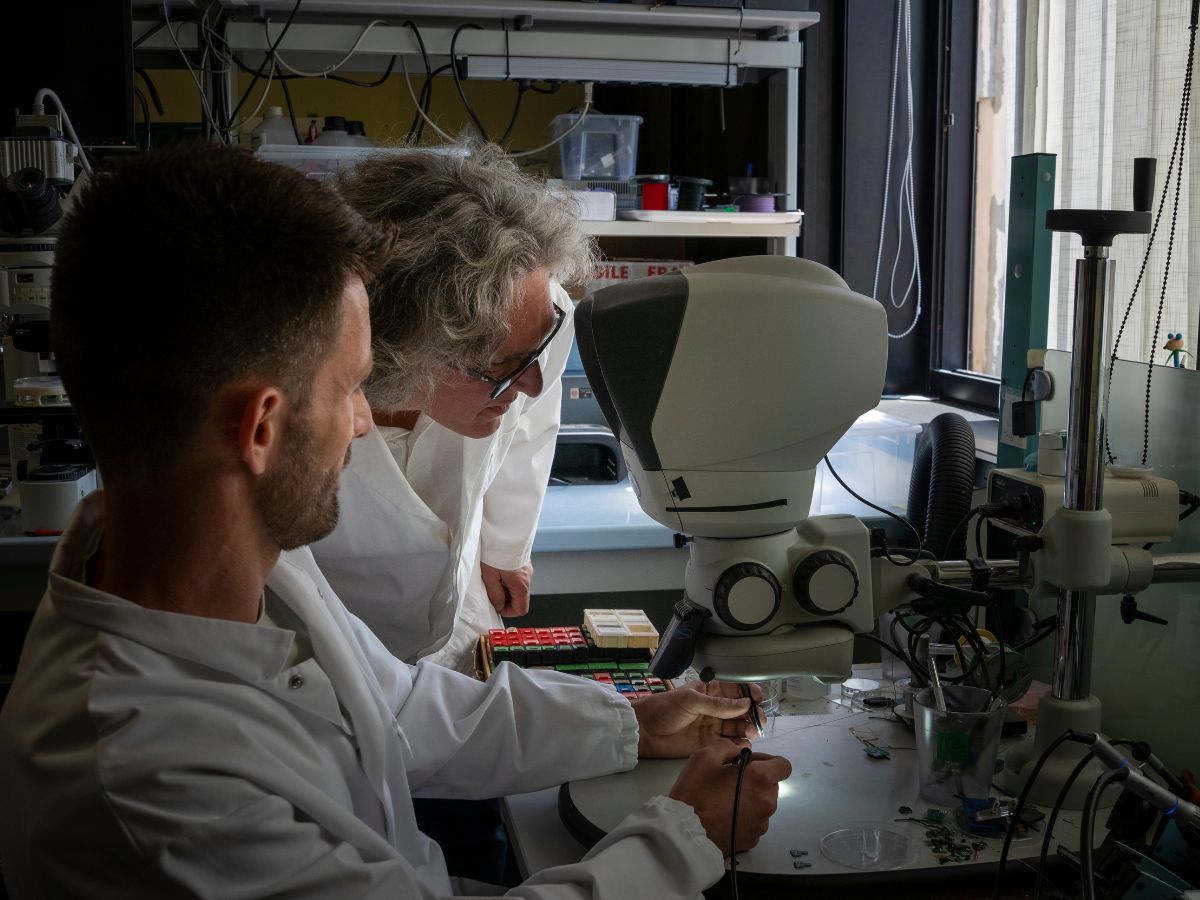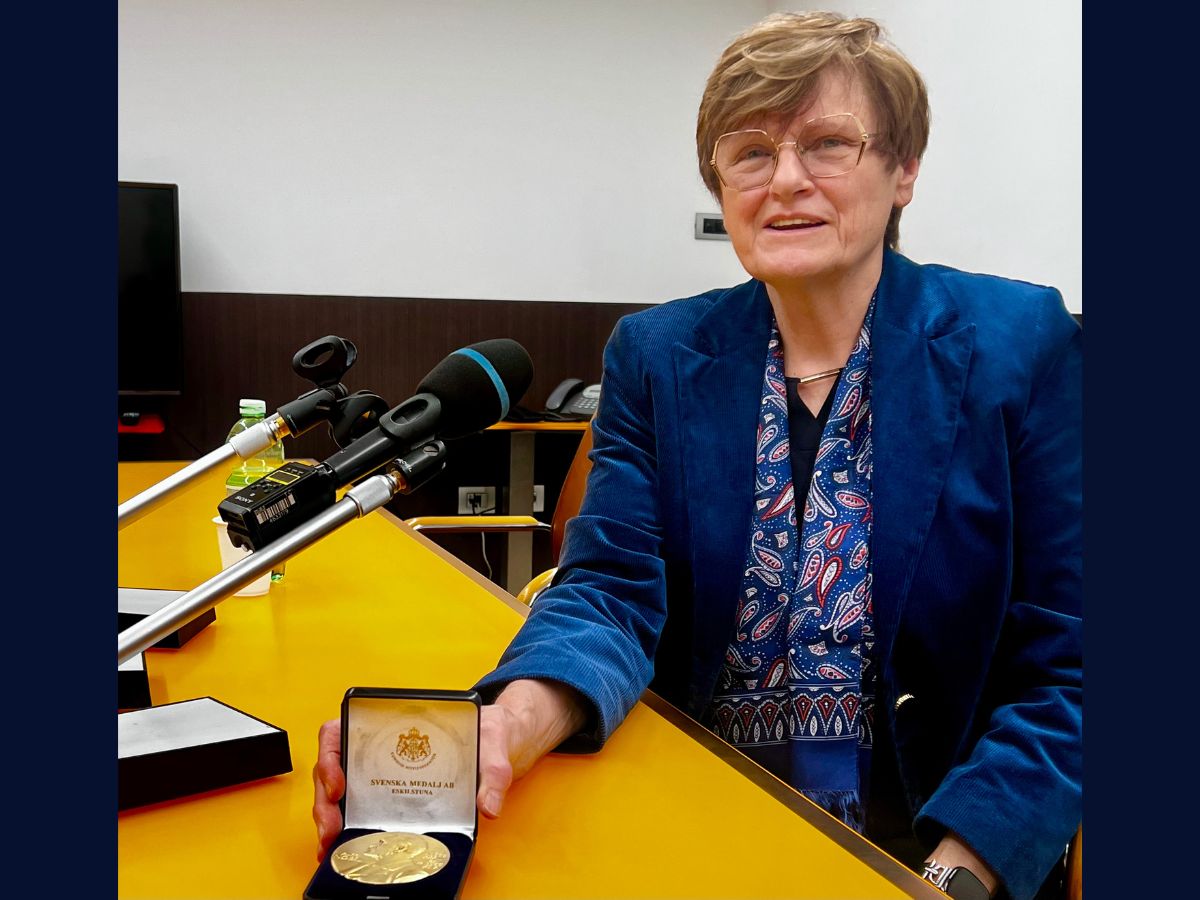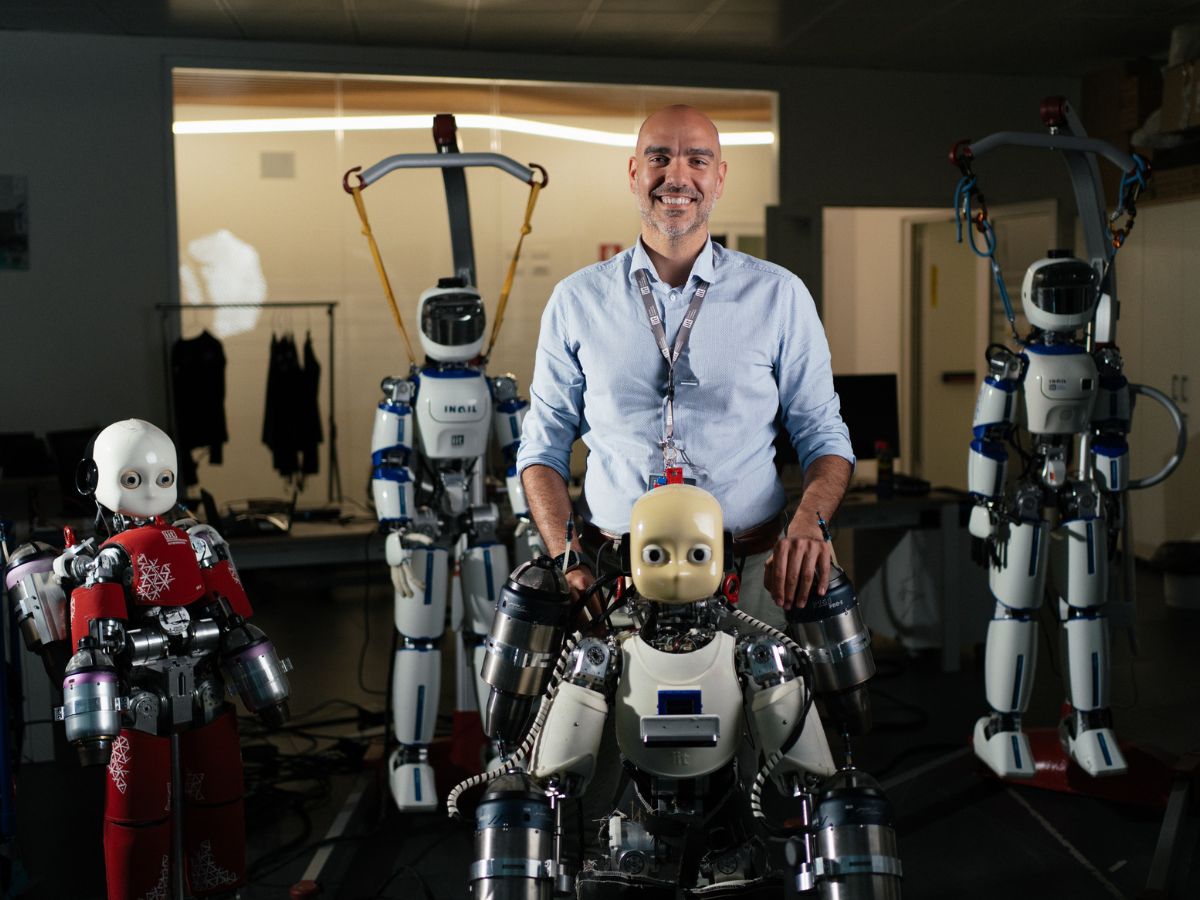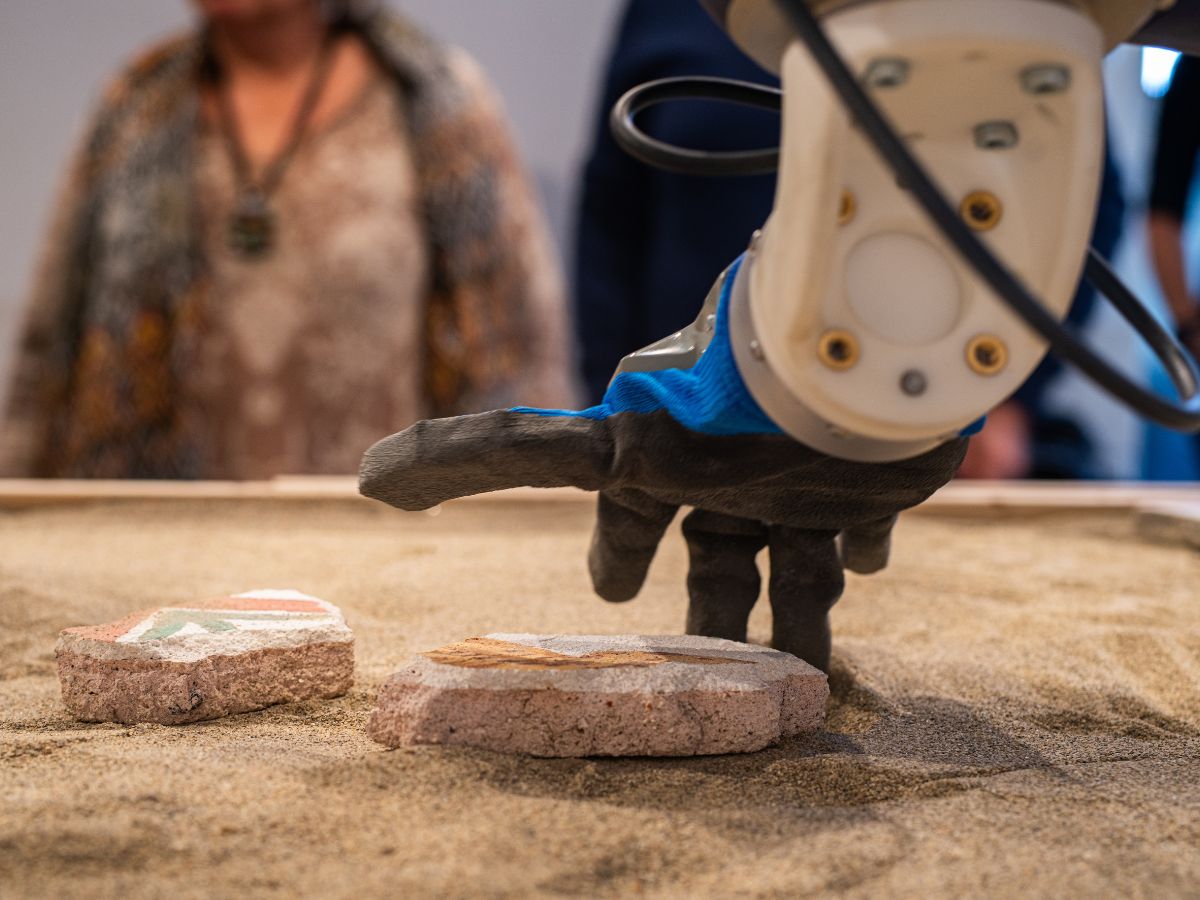Transforming industrial CO2 emissions into sustainable chemicals
The European chemical industry is one of the most strategic sectors for the continent’s economy, supplying essential products for the pharmaceutical, food, automotive, electronics, and construction industries. However, with a 95% dependency on fossil fuel imports, the chemical sector is the third-largest emitter of greenhouse gases in Europe.
This is where SunCoChem comes into play—a project funded by the European Union’s Horizon 2020 program. Coordinated by the Spanish Eurecattechnology center, the project involved 14 partners from eight European countries, including Italy’s Italian Institute of Technology (IIT), Politecnico di Torino, and Hysytech, a company specializing in industrial plant design and implementation.
SunCoChem’s innovation lies in developing a modular photoelectrocatalytic reactor prototype (TPER) capable of producing certain chemical molecules by harnessing solar energy and industrial CO2. “The goal of the project was to offer the chemical industry a sustainable alternative for producing chemicals without relying on fossil fuels,” explained Dr. María Navarro, the project coordinator at Eurecat.
Angelica Chiodoni, Principal Investigator of IIT’s Advanced Characterizations and Optimized Functional Materials for Energy Transition research line and scientific leader of the SunCoChem project for IIT, elaborates: “The developed reactor prototype combines three key steps: capturing CO2 from industrial exhaust gases using patented membranes that concentrate CO2; converting CO2 into syngas (a mixture of carbon monoxide and hydrogen) through a photoelectrocatalytic reaction; and using the syngas to produce organic molecules (oxo-products) utilized in the cosmetics and food industries.” The prototype was validated during the project’s concluding event on October 23, 2024, in Tarragona.
Chiodoni continues: “IIT contributed to the project in two ways. First, in collaboration with Eurecat and the German company IOLITEC, our team, led by Fabrizio Pirri, developed innovative membranes for CO2 separation. Second, my research group, specializing in materials characterization, used advanced transmission electron microscopy techniques to study the stability of catalysts developed by POLITO, Eurecat, and the Spanish company LAURENTIA, simulating real operating conditions of the electrochemical cells.”
Angelica Chiodoni works at the Center for Sustainable Future Technologies of the IIT center in Turin, dedicated to developing sustainability and energy transition technologies and coordinated by Fabrizio Pirri, Principal Investigator of the Advanced Materials for Sustainable Future Technologies research line.
SunCoChem is part of the Road2GreenChem cluster, a group of EU-funded projects in the field of “sustainable chemistry,” emphasizing the use of renewable resources and CO2 recycling to produce chemical materials. The adoption of green chemistry and solar energy as viable alternatives to fossil materials aligns with the European Green Deal and the EU’s objective of achieving climate neutrality by 2050, a transformation that necessitates a drastic reduction in dependence on imported fossil raw materials.
Other project partners include the Helmholtz-Zentrum Berlin für Materialien und Energie GmbH, the French National Center for Scientific Research (CNRS), and SMEs Solaronix and Avantium for material development and process scaling. Chemical companies DOW and IFF, as end-users of the process, and the Spanish Association for Standardization (UNE) and the International Hellenic University contributed operational support and social acceptance analyses of the developed technologies.





